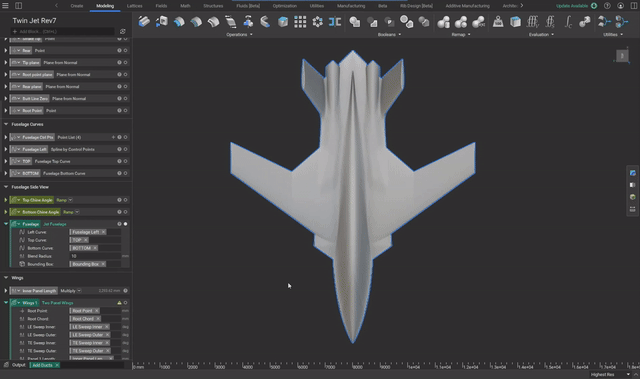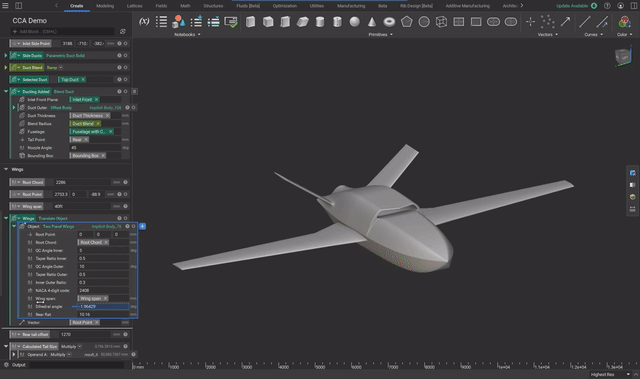Generate prosthetic sockets from 3D scans
video: Generate prosthetic sockets from 3D scans
Published on January 19, 2022
Applications
Key Software Capabilities
- Lattice structures
- Generative design
- Design automation
Prosthetic sockets are the interference between the missing limb and the prosthetic device. Using 3D scanning and 3D printing, prosthetists can create digital workflows to manufacture custom sockets that improve user comfort. However, generating the design of a prosthetic socket from a patient scan can be a bottleneck.
In this nTop Live, Yuki Okada, Technical Marketing Engineer at nTop, shows you how to automatically generate custom prosthetic sockets by applying a reusable workflow that everyone can run. First, he shows you how to create a socket directly from 3D scan data. Then, he applies a graded lattice on the surface of the socket for cushioning and breathability and varies the beam thickness to control its stiffness.
Watch and learn how to:
- Import 3D scan data into nTop to create a prosthetic socket
- Add conformal lattices on the surface of the socket for cushioning
- Drive the beam thickness of the lattice using simulation data
Download the files
Recreate the steps that Yuki followed in this nTop Training. To download all the necessary files for this training, please see this link.




